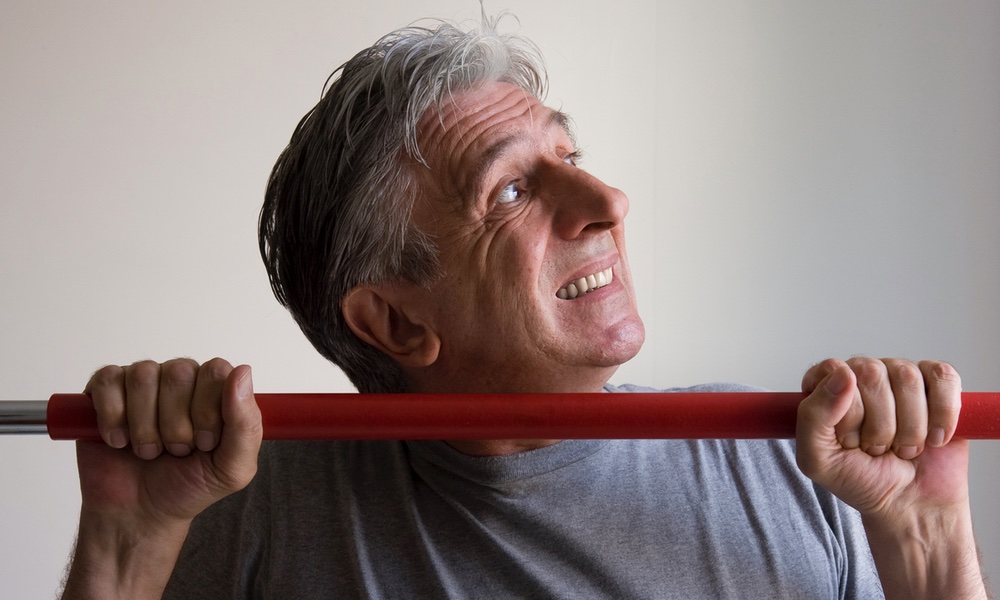Parkinson’s Disease (PD) is a progressive motor system disorder characterized by tremor, rigidity or stiffness of arms, legs, and trunk, slowness of movements and poor balance and coordination. Patients with Parkinson’s may experience diminished ability to perform their daily activities and have an increased risk of falling. This eventually leads to significant impairment in their quality of life. While medications can be helpful, there is no cure and medications are less effective in treating the postural and balance problems associated with PD.
Tai chi is an ancient Chinese exercise involving gentle, flowing movements and postures as well as breathing, has health benefits that include reducing stress and improving balance and posture. It is low impact, not difficult to learn, and does not require any equipment. Both physical exercise and tai chi have been shown to improve strength, balance, and general functioning in seniors and to slow the loss of muscular functions. Researchers recently looked at the effect of tai chi on balance, gait, and daily function in patients with mild to moderate Parkinson’s disease. The results suggest that tai chi is an effective intervention for patients with PD.
In standardized measures of balance, coordination, and gait, the tai chi group excelled. The study reported that 'The tai chi group performed consistently better than the resistance-training and stretching groups in terms of maximum excursion [distance] and directional control...'
The study involved 195 patients, ages 40-85 with mild to moderate Parkinson’s disease. The participants were randomized to three groups, one group was taught stretching, one resistance training that targeted muscles involved in balance and posture, and one a tai chi program tailored to Parkinson's symptoms.
In standardized measures of balance, coordination, and gait, the tai chi group excelled. The study reported that “The tai chi group performed consistently better than the resistance-training and stretching groups in terms of maximum excursion [distance] and directional control... [and] outperformed the resistance training group in stride length and functional reach." Tai chi was also more helpful than stretching, but not resistance training, in reducing the incidence of falls.
 When patients were evaluated three months after the end of the exercise period, the positive effects of the tai chi training were still evident. The study, published in the New England Journal of Medicine, found no serious negative effects.
Patients with Parkinson’s disease may wish to discuss this treatment option with their health care providers and enlist their help in finding an appropriate tai chi program for their health needs.




